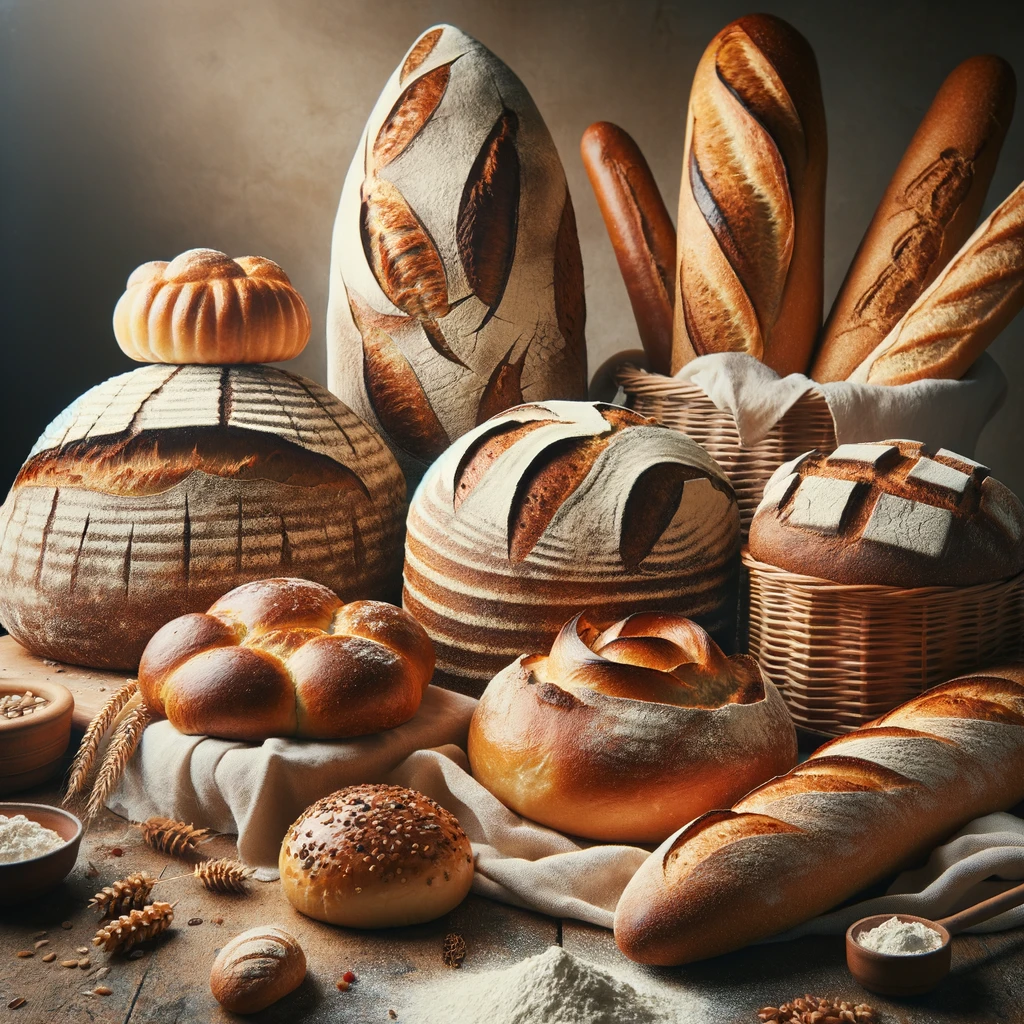Introduction
Bread, in its myriad forms, has been the cornerstone of human sustenance for millennia. This humble food, made primarily from flour and water, has evolved with us, shaping and being shaped by our cultures, economies, and technologies. From ancient flatbreads baked on hot stones to the artisanal sourdough loaves of today, bread tells the story of humanity itself.
The Historical Loaf: Bread’s Journey Through Time
The history of bread is as old as civilization itself. Archaeological evidence suggests that the art of bread-making dates back over 14,000 years, predating agriculture. The ancient Egyptians are often credited with refining the process, discovering yeast fermentation and thus, the leavened bread. This transformative invention spread across empires, each culture adding its twist, resulting in a diverse global tapestry of bread-making traditions.
Bread in the Cultural Tapestry
Bread holds a symbolic significance that transcends its nutritional value. It is a symbol of life, prosperity, and community in many cultures. In Christianity, bread represents the body of Christ in the Eucharist. Jewish traditions celebrate challah, a braided loaf, during Sabbath and holidays. From the French baguette to the Indian chapati, bread varieties reflect the unique identity and heritage of each region.
The Science and Art of Bread Making
Bread making is a blend of art and science. The basic ingredients—flour, water, yeast, and salt—are transformed through the alchemy of baking into a multitude of textures and flavors. Sourdough bread, with its distinctive tang, is a testament to the fermentation process, where natural yeasts and bacteria interact with the dough. The crust’s color, the crumb’s texture, and the loaf’s shape are all influenced by the baker’s skill and the specific baking conditions.
Modern Bread: Innovations and Trends
Today, bread is experiencing a renaissance. Artisanal bakers are merging traditional techniques with modern innovations, creating bread with complex flavors and nutritional profiles. The rise of gluten-free and whole-grain breads caters to health-conscious consumers, while the slow food movement emphasizes locally sourced, organic ingredients. Despite these trends, the timeless allure of freshly baked bread remains universal.
The Future of Bread: Sustainability and Challenges
As we look to the future, the bread industry faces challenges such as environmental sustainability and food security. The cultivation of wheat and other grains has a significant environmental footprint, prompting a search for sustainable farming practices. At the same time, ensuring access to this staple food for a growing global population is a critical concern. Innovations in agricultural technology and distribution systems will play a vital role in addressing these challenges.
Conclusion
Bread, in all its forms, is more than just a food item; it is a symbol of our collective history and future. It embodies the ingenuity of human civilization in transforming simple ingredients into a universal staple. As we continue to bake, share, and enjoy bread, we partake in a tradition that is as old as humanity itself, ever evolving and ever enduring.
